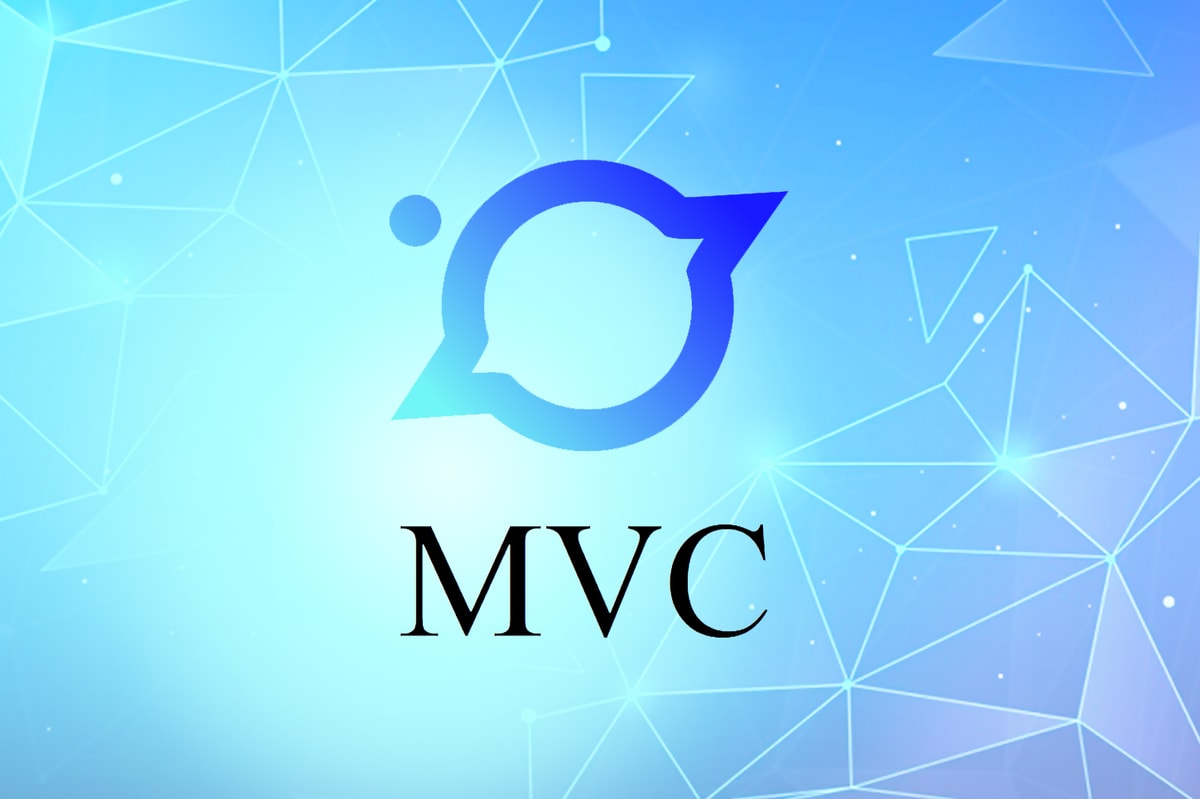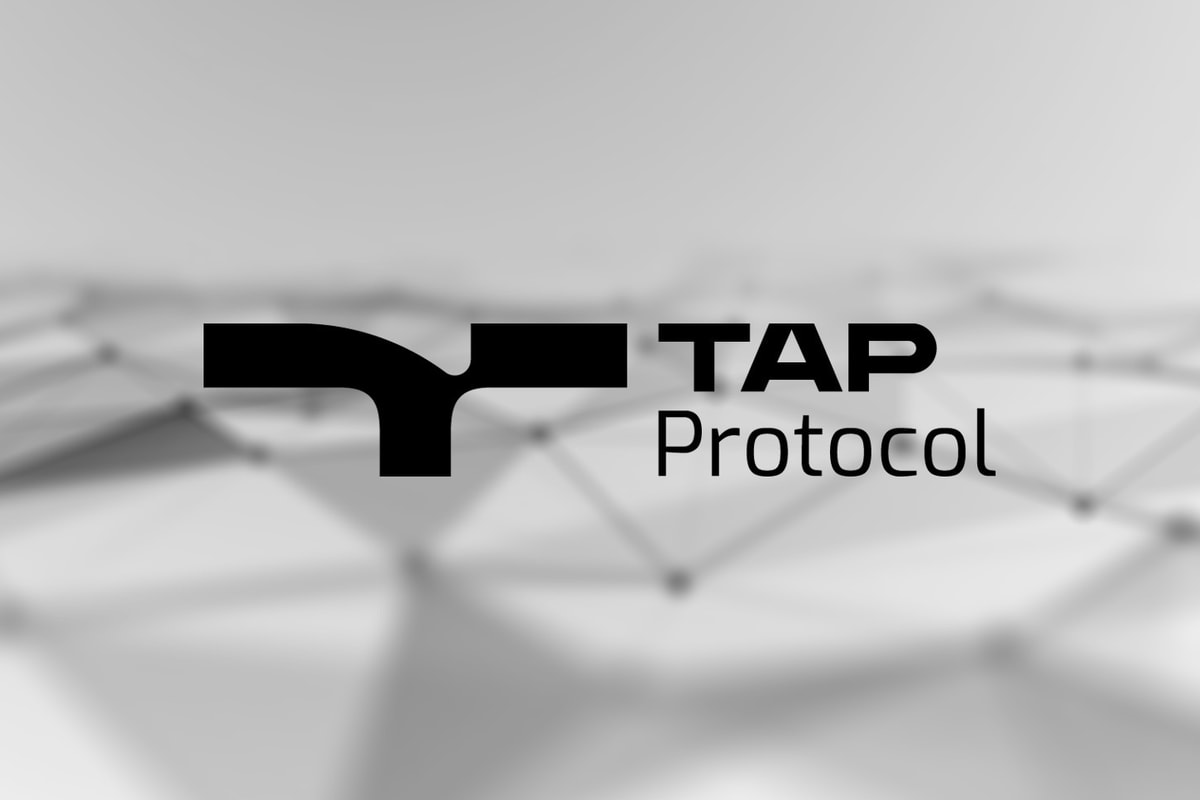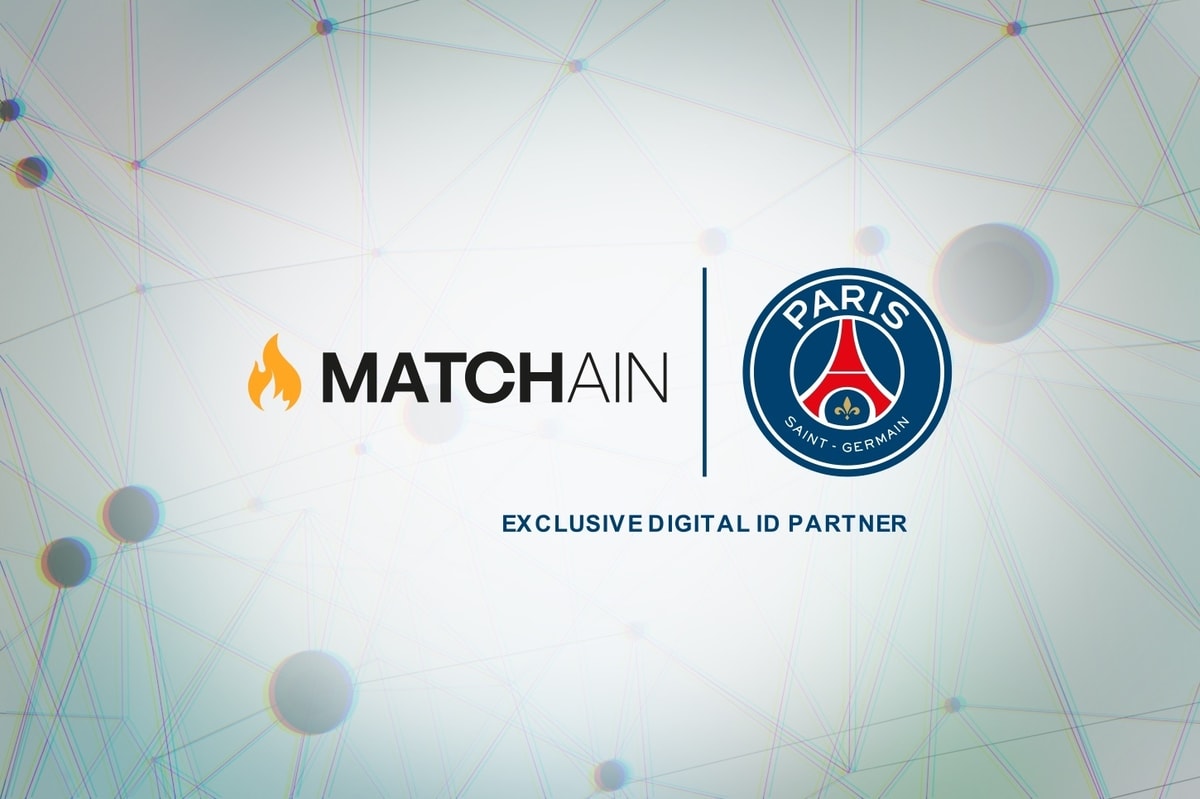
The Bitcoin ecosystem has recently been in the spotlight, with the emergence of innovative solutions such as the BRC20 concept and the continuous evolution of applications that captivate the market's interest. This resurgence evokes memories of the DeFi summer of 2020 on the Ethereum network, where decentralized applications thrived alongside a surge in token prices, setting the stage for high expectations for the Bitcoin ecosystem. In a significant development, the much-anticipated Bitcoin ecosystem application, MicrovisionChain (MVC, Ticker $SPACE), has announced the testnet version of its cross-chain asset bridge feature, marking a game-changing milestone for the Bitcoin sidechain.

Developed through a collaboration between the MVC technical team and the Octopus Space team, the Orders Bridge is now a part of the MVC ecosystem. Currently, the Bridge facilitates cross-chain transactions exclusively from the Bitcoin network to the MVC network. MVC stands as one of the top three global Bitcoin sidechain solutions in terms of hash power and boasts impressive technical features, including smart contracts on UTXO public chains, low fees with high concurrency, and high throughput. Previous reports suggest that MVC can support nearly unlimited transactions per second (TPS).
By bridging assets to the MVC network, users can leverage the numerous advantages offered by the network's features, effectively overcoming many limitations associated with transactions on the native Bitcoin network. The MVC solution offers significant cost savings, as cross-chain transaction fees to MVC are reported to be one five-hundred-thousandth of the peak rates on the Bitcoin network. Moreover, due to MVC's network characteristics, transactions feature zero-block confirmations, eliminating network congestion and block confirmation delays as obstacles to trading. Unlike other Bitcoin cross-chain solutions, assets bridged to MVC remain based on the UTXO layer1's Tokens, significantly reducing the risk of "fake Tokens."
Beyond its groundbreaking asset bridge, Orders.Exchange also encompasses an order book DEX, Swap, and liquidity pools within its ecosystem. The platform gained widespread attention for being the first in the network to support a complete range of trading order types. It enables the trading of any Bitcoin asset, including Ordinals NFTs and BRC20 tokens, through the creation of ASK and BID orders. This approach ensures that the immediate trading needs of both buyers and sellers can be met. Notably, Orders.Exchange is the only platform in the Bitcoin ecosystem that supports the construction of BID orders, distinguishing it as a unique service provider in the space.
In its Swap and liquidity pool solutions, Orders.Exchange demonstrates strong technical capabilities and a commitment to decentralization and asset security. According to information disclosed by the team, its Swap and liquidity pool frameworks are built on a decentralized architecture. This framework splits users' orders into several parts, each handled by different modules within the framework. Some modules solely process user operation data without touching the transaction data, while others are dedicated to allocating funds based on the orders without interpreting the transactions themselves. The modules operate independently without sharing data, significantly reducing the potential for losses due to hacking attacks. Impressively, this complex logic is executed within a single block, meaning Swap transactions only require confirmation in one block.
The liquidity pool is particularly critical, as it holds a significant amount of user assets, and inadequate security could expose users to financial risks. Orders.Exchange employs cold and hot wallet segregation along with a threshold multisignature approach for fund management. In the hot wallet (online environment), Orders.Exchange stores only a minimal amount of assets necessary for basic services. Assets exceeding this threshold are transferred to the cold wallet (offline environment), which replenishes the hot wallet only when its assets fall below the threshold.

To isolate cold and hot wallets, Orders.Exchange uses a threshold multisignature method to eliminate all potential internal misconduct. For the hot wallet, a 2/3 threshold multisignature is used, meaning three parties hold the multisig private keys, and any transaction requires signatures from at least two of them to proceed. The cold wallet employs a 3/5 threshold multisignature, underscoring a heightened emphasis on asset security. The institutions involved in the multisignature management are well-known security audit firms, each with a reputation to maintain. Known participants include sCrypt, a reputable Bitcoin network audit firm, and Scalebit, which has officially announced its audit work. Notably, Orders.Exchange plans to co-host a public seminar on asset security with the renowned audit firm Certik in early April.
With the multitude of positive developments surrounding Bitcoin and the approaching halving event, there is every reason to believe that the potential of the Bitcoin ecosystem is fully comparable to that of the Ethereum ecosystem at its inception. At this juncture, closely monitoring the movements within the Bitcoin ecosystem becomes particularly crucial. Orders.Exchange stands out as the most technically accomplished platform with already implemented functionalities, and we believe it possesses significant potential, heralding a new era for Bitcoin sidechain solutions.
Twitter: https://x.com/mvcglobal











